The Photographer’s Vision: Understanding and Appreciating Great Photography (The Photographer’s Eye)
£2.00
In The Photographers Eye, Michael Freeman showed what a photographer needs to do in the instant before the shutter is released. In the sequel, The Photographers Mind, he explained the way that professional photographers think a picture through before taking it. Both of these international best-sellers featured Michaels own photography: stunning landscapes, revealing portraits, and fascinating street photography. Now, in The Photographers Vision, he examines the work of photographys greats, explaining how to look at a photo and how to learn from looking at it. The featured work includes some of the most distinguished names in photographys history: Nick Knight, Frederick Henry Evans, Frans Lanting, Tim Page, Wolfgang Tillmans, Nan Goldin, Paul Outerbridge, Walker Evans, Cindy Sherman, Elliott Erwitt, Trent Parke, Jeff Wall, Paul Strand, Romano Cagnoni, Horst Faas, James Casebere and many more, making this book visually stunning as well as intellectually authoritative.
Read more
Additional information
| Publisher | 1st edition (31 Oct. 2011), ILEX |
|---|---|
| Language | English |
| Hardcover | 192 pages |
| ISBN-10 | 9781907579318 |
| ISBN-13 | 978-1907579318 |
| Dimensions | 24 x 1.8 x 26 cm |

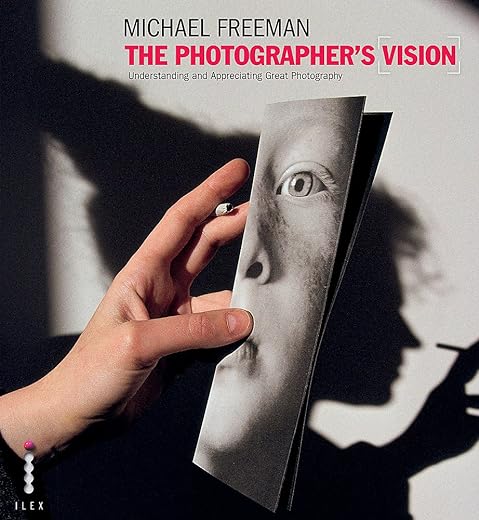

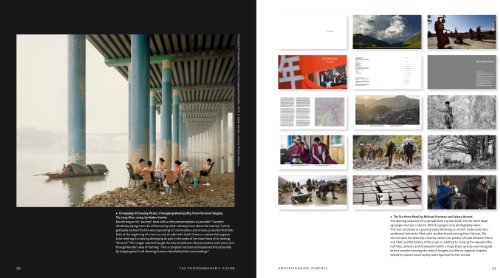
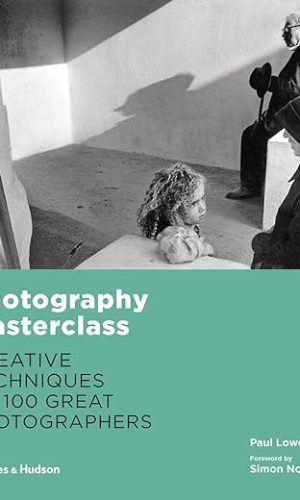




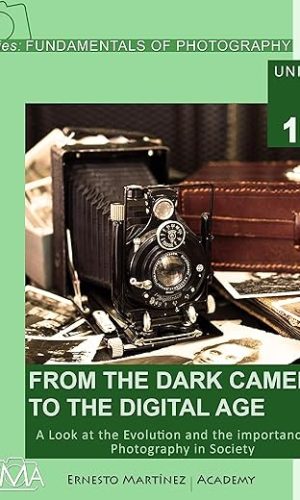

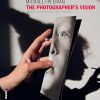
by Brian Ormerod
For the general reader rather than the photographer.
by John Hamlen
I’m really enjoying Michael Freeman’s “The Photographer’s …” series (Eye, Mind, and now Vision).
Yes, there is a need for books explaining the basics of shutter speed, aperture, depth-of-field, film/sensor sensitivity etc. However, in my opinion, the last thing the world needs is yet more books covering these topics. Unfortunately, many photographic authors/publishers seem to disagree. They end up producing books with what good original content there is watered down by reams of pages about how (for instance) telephoto lenses are good for wildlife and wide-angle lenses for exaggerating perspective.
So three cheers – and five stars – to Michael for eschewing this trend and producing a series of books that covers the creative, rather than technical, dimension of photography. This is more difficult to do as an author, but results in books being equally useful for both beginner and advanced photographers. This book expands the audience even further by helping non-photographers increase their appreciation of the art and what its masters have created over the past century and a half.
Even though Freeman has produced some great images over the decades, I particularly like that in this book he uses – and comments on – the work of others including such greats Paul Strand, Elliot Erwitt and Jeff Wall.
by George A. Webster
A good photograph is subjective, but understanding what makes a great one is another step to being a better photographer!
This book gives insight to previsualization too.
by Ish
The content of Michael Freeman’s books is very informative and I have read three of them so far. I find the title of this one a bit ironic really: what is The Photographer’s Vision like? Answer: not as good as it was before I started reading! The first page of each chapter is fine but the body font is minute. What a shame, I don’t need strong glasses and yes, I was wearing them! Good content but the font makes my eyes ache.
The Photographer’s Vision: Understanding and Appreciating Great Photography
by hilary glassborow
A gift for an experienced photographer – not his main job but intense sideline – he seemed to like it – harder for me to judge.
by Damoo
I liked the book ‘The Photographer’s eye’ from Michael Freeman. It improved my compositional skills to a greater extent. It changed the way I think about taking photographs.
I purchased this book as I consider photography as an art than just a hobby. I wanted to understand how great photographers were able to bring in that artistic dimension to photography. Michael Freeman does not disappoint. Indeed he does provide various evidences with great details. It is very useful & enjoyable. Its more like a reference book which sort of kicks ur imagination. Or probably would try to justify your point of view or perception about a concept/subject of ur photography that might act as a catalyst for ur future photographs.
I felt the author could have explained more in terms of the application of the gears used..
However a good book nevertheless.
by Kneeman
Inspirational.Highly recommended.